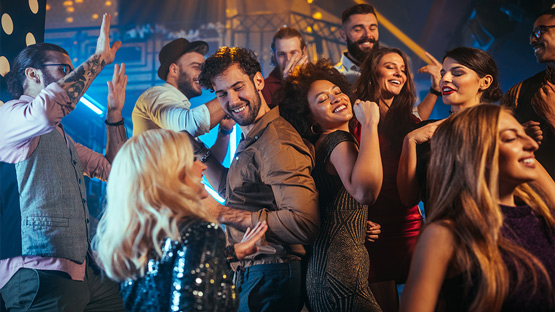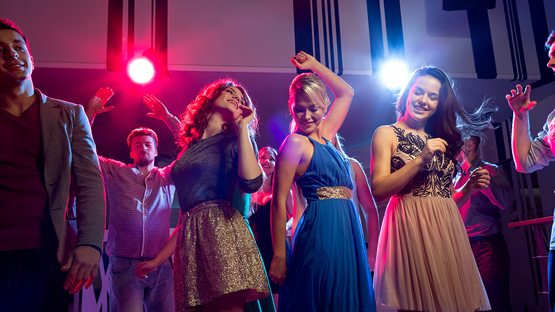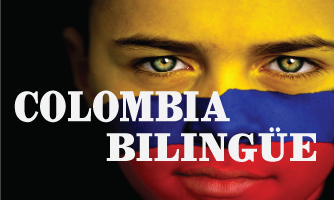Enjoy dancing and singing
While learning English naturally.
- Dance for Pronunciation Pronunciation is rhythm. Just as every dance has beats, pauses, and accents, so does English. In the Cultural Dance Club, students improve pronunciation through movement, clapping, and chanting. By connecting words to rhythm, their speech gains flow and clarity. Instead of memorizing dry rules, they feel the sound — stress on syllables, rise and fall of intonation, the pulse of language. A salsa beat teaches how to stress the right syllable; a waltz reveals the pauses in a phrase; a drumbeat guides the natural melody of English. Students stop stumbling over sounds and begin speaking with confidence, because their tongue has learned to dance as their body has. Dance, music, and speech become one — proving that when the body learns rhythm, the mouth learns pronunciation.
- Fall in Love with Poetry Dance opens the door to poetry, because both are about rhythm, imagery, and emotion. In the Cultural Dance Club, students not only move but also discover English as poetry in motion. Through lyrics, verses, and spoken word set to music, they fall in love with the beauty of expression. A line of Shakespeare can be spoken like tango; a love poem can flow like bolero. By connecting poetry with dance, students learn that language is not just communication — it is art. They practice reciting poems with musicality, translating emotion into voice, and discovering that English has its own soul. This awakens creativity and passion, turning the classroom into a stage where culture, language, and art blend together. The result is unforgettable: students leave not just speaking English, but carrying it in their hearts like music.
- Dance as Culture Every dance is a story, every step a piece of history. In our Cultural Dance Club, English becomes the rhythm of tradition. Students learn vocabulary while moving to salsa, cumbia, tango, or flamenco — not as abstract words, but as living expressions of culture. Each dance carries roots, legends, and emotions, and while the feet move, the language flows. Saying “turn,” “step,” “move,” “hold” becomes second nature when it’s embodied. Dance becomes a living dictionary where gestures translate words into action. And while students discover new rhythms, they also learn about their own heritage, and how Latin culture can connect to the world through English. The result? A joyful classroom where identity is celebrated, bodies move freely, and language becomes music that can be spoken, sung, and lived.



